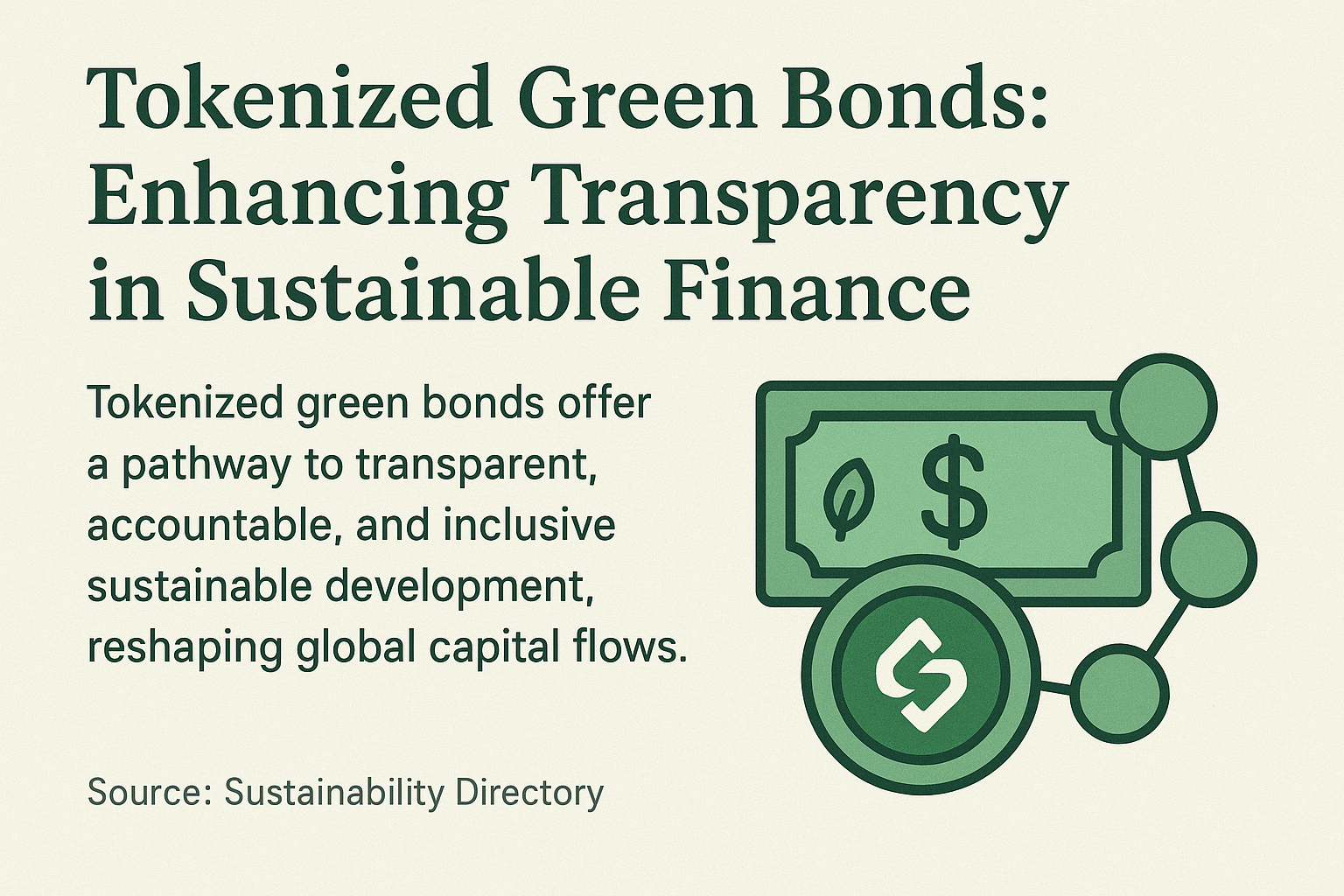The global push for sustainability has reached the high seas, as the maritime sector—responsible for nearly 3% of the world’s greenhouse gas emissions—seeks cleaner alternatives to power ships. Traditional marine fuels, such as heavy fuel oil, contribute significantly to air pollution and carbon emissions. However, recent advancements in green shipping technologies, particularly the use of hydrogen and biofuels, offer a promising path toward significantly reducing emissions in this critical industry.
The Urgent Need for Greener Maritime Solutions
The maritime industry has long been a cornerstone of global trade, responsible for transporting around 80% of the world’s goods. But the environmental cost is high. Ships traditionally rely on fossil fuels that release sulfur oxides (SOx), nitrogen oxides (NOx), and carbon dioxide (CO2), contributing to air pollution and climate change. As the world moves toward decarbonization, the shipping industry faces growing pressure to cut its carbon footprint.
In response to this challenge, companies and governments are investing in cleaner technologies. Two leading solutions gaining attention are hydrogen and biofuels, both of which could play a key role in decarbonizing the maritime sector.
Hydrogen: A Zero-Emission Future
Hydrogen, as a clean fuel, offers significant promise for maritime transport. When used in fuel cells, hydrogen combines with oxygen to produce electricity, with water as the only byproduct—completely eliminating carbon emissions.
Hydrogen-powered ships are still in the experimental phase, but several pilot projects are already underway. For example, the world’s first hydrogen-fueled ferry, MF Hydra, was launched in Norway, showcasing the feasibility of hydrogen as a marine fuel. Additionally, the European Union has funded various initiatives aimed at scaling up hydrogen use in the maritime industry, particularly in ports and short-sea shipping.
However, several challenges remain. Hydrogen storage requires either high-pressure tanks or cryogenic temperatures, which can be complex and costly. Moreover, producing green hydrogen—generated using renewable energy—is currently more expensive than conventional fuels. Despite these hurdles, ongoing innovation and investment are expected to lower costs and drive wider adoption of hydrogen in shipping.
Biofuels: A Ready-to-Use Solution
While hydrogen offers a long-term solution, biofuels provide a more immediate, scalable alternative to reduce emissions. Biofuels, derived from renewable sources such as agricultural waste, used cooking oil, or algae, can be used as drop-in replacements for conventional marine fuels. This allows existing ships to switch to biofuels without the need for significant retrofitting.
Companies like Neste, a leader in renewable energy, are actively testing biofuels for shipping. Neste’s biofuel is made from 100% renewable raw materials, offering up to 90% reduction in lifecycle greenhouse gas emissions compared to fossil fuels. Biofuels also burn cleaner, significantly reducing SOx and particulate matter emissions, improving air quality in coastal and port areas.
Notably, the shipping giant Maersk has already successfully trialed the use of biofuels on some of its vessels, reducing CO2 emissions by up to 40,000 tons annually. As biofuels become more widely available, their potential to decarbonize the shipping industry is becoming increasingly evident.
Overcoming the Barriers to Adoption
While both hydrogen and biofuels present viable solutions for green shipping, several barriers remain to full-scale adoption. For hydrogen, infrastructure development is a significant challenge. Few ports have the facilities to store or refuel hydrogen-powered vessels. Similarly, the production of biofuels at the scale required for global shipping is still in its early stages.
Regulatory frameworks also need to evolve to incentivize the use of low-carbon fuels. International maritime organizations, such as the International Maritime Organization (IMO), have set ambitious targets to reduce CO2 emissions by at least 40% by 2030 and 70% by 2050, compared to 2008 levels. To meet these targets, global cooperation and policy support will be crucial.
The Road Ahead
Hydrogen and biofuels represent two of the most promising solutions to decarbonize the maritime industry. While hydrogen offers a future of zero-emission shipping, biofuels provide a ready-to-use alternative that can reduce emissions today. With continued investment, technological advancements, and supportive policies, green shipping could become the norm, significantly reducing the environmental impact of global trade.
As the maritime industry embarks on its journey toward sustainability, it’s clear that the future of shipping will be powered by innovative, cleaner technologies—paving the way for a greener and more sustainable world.




